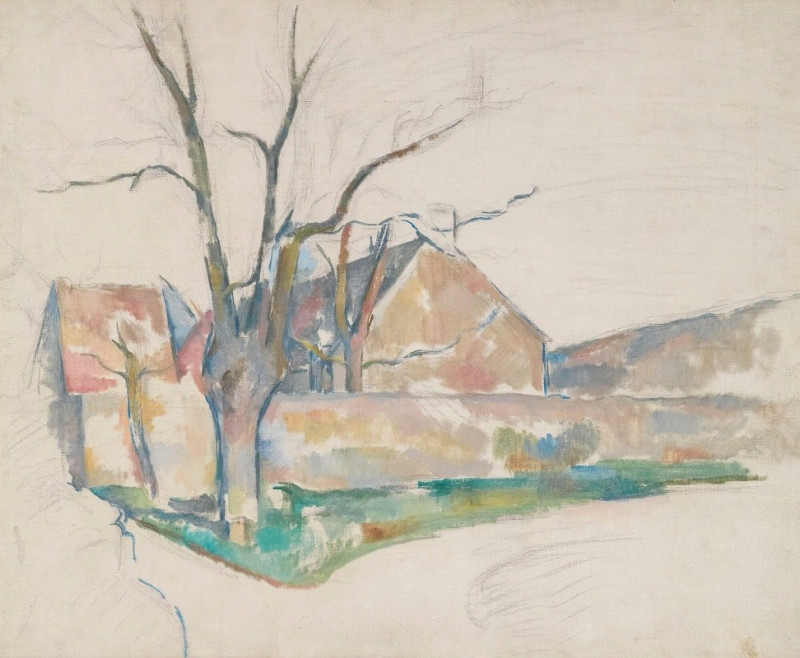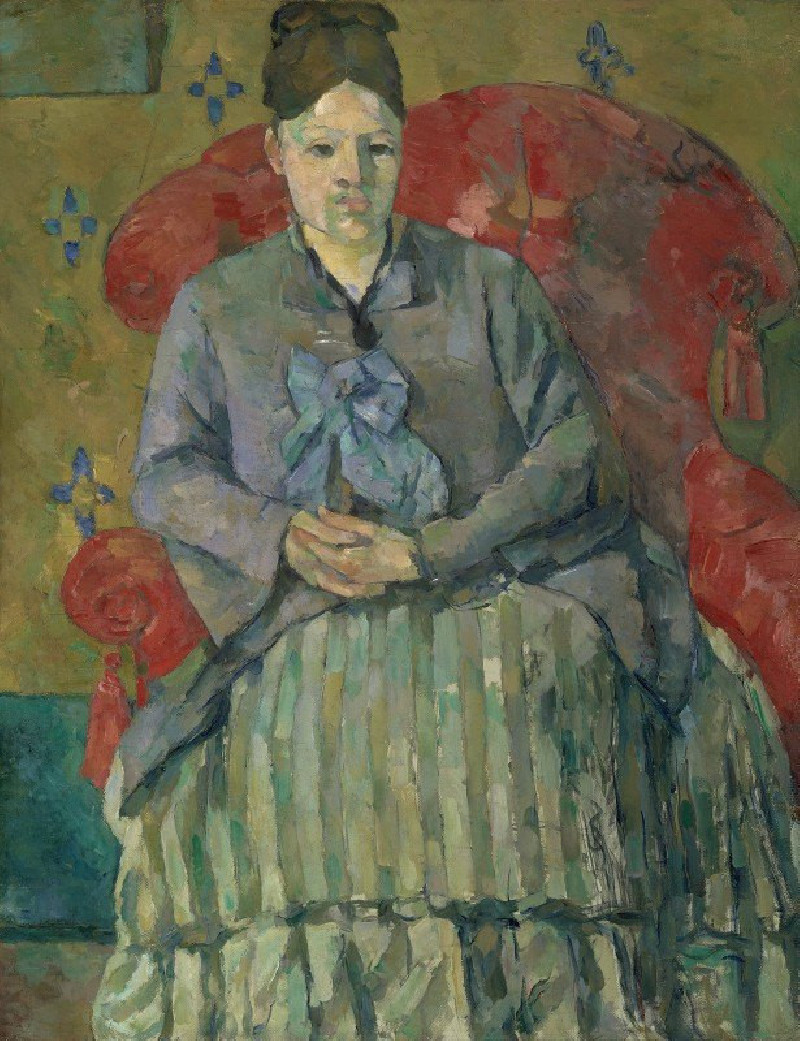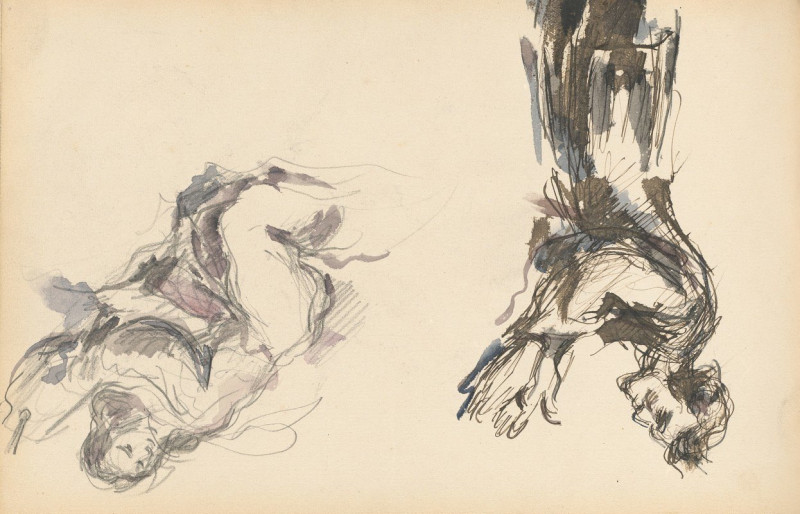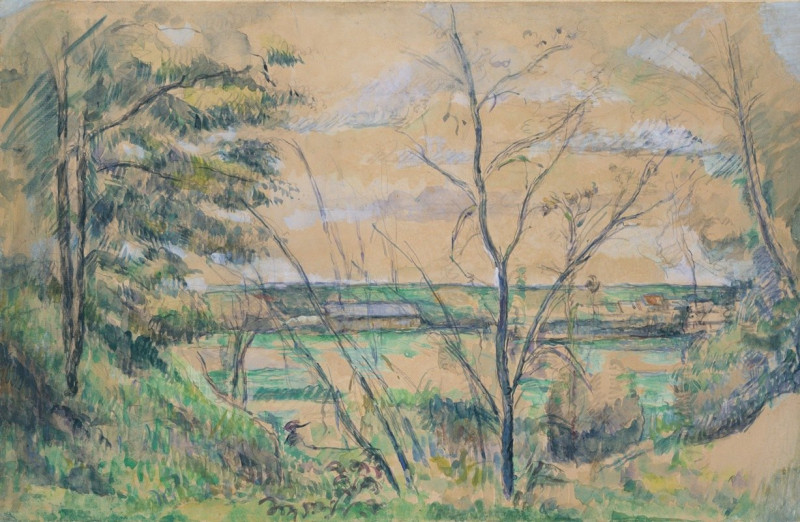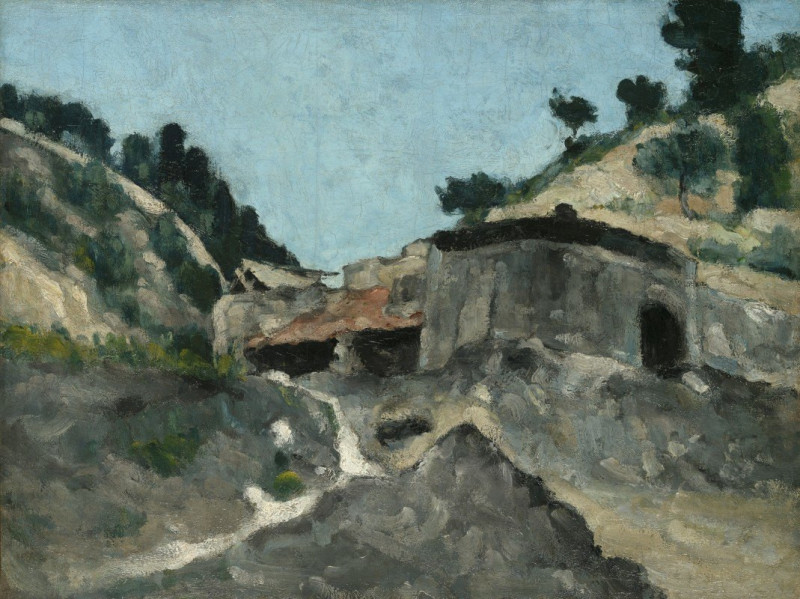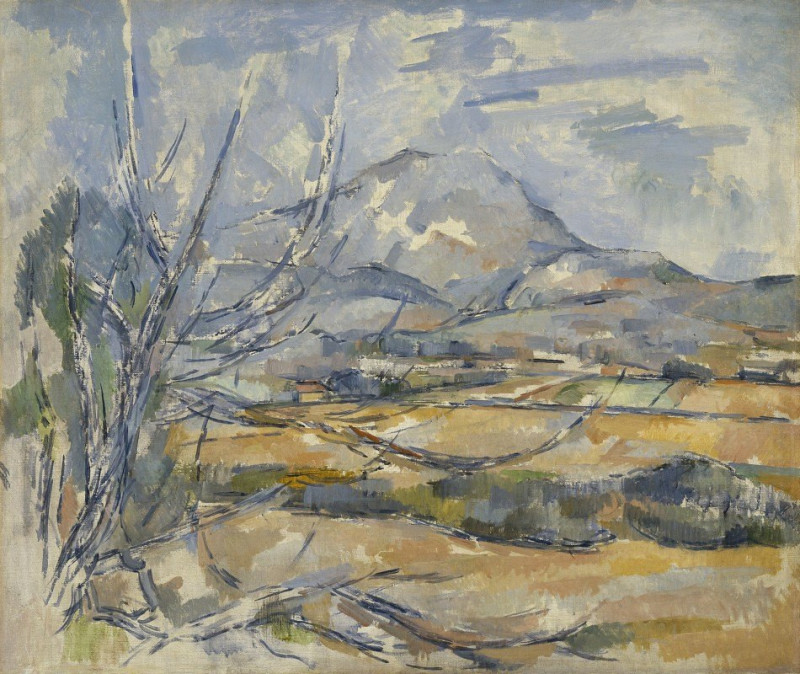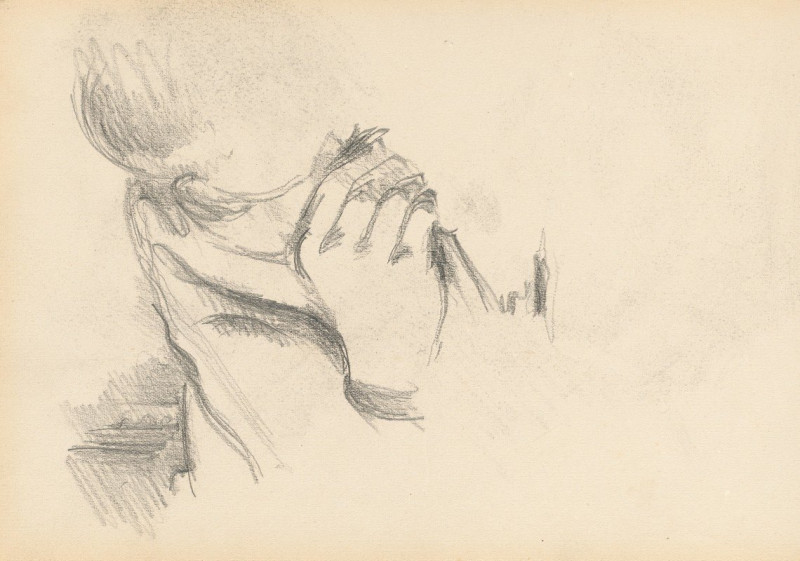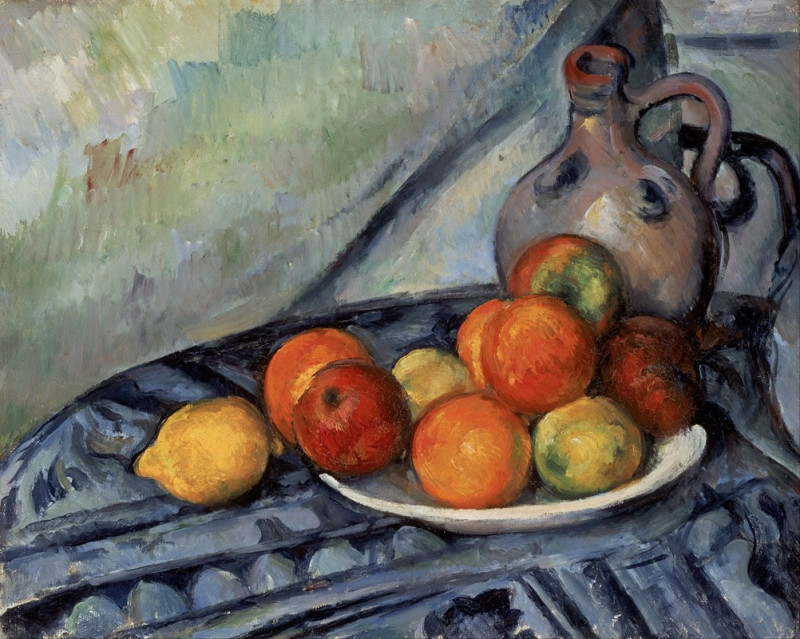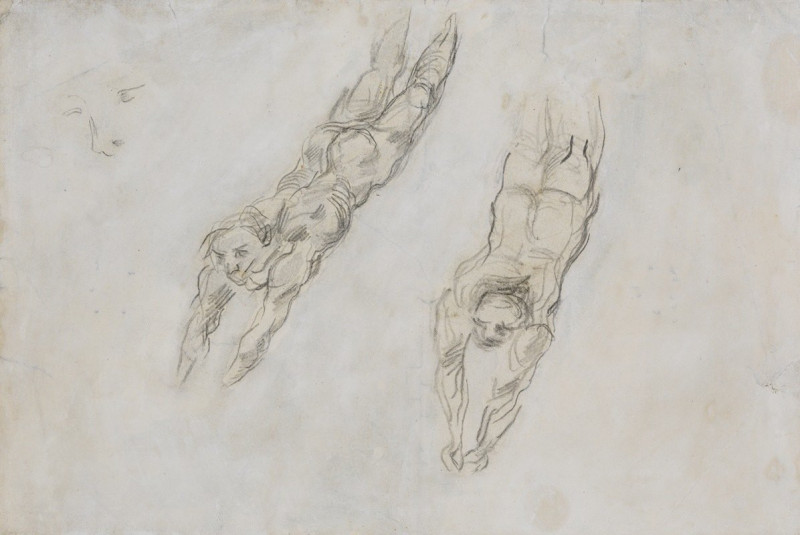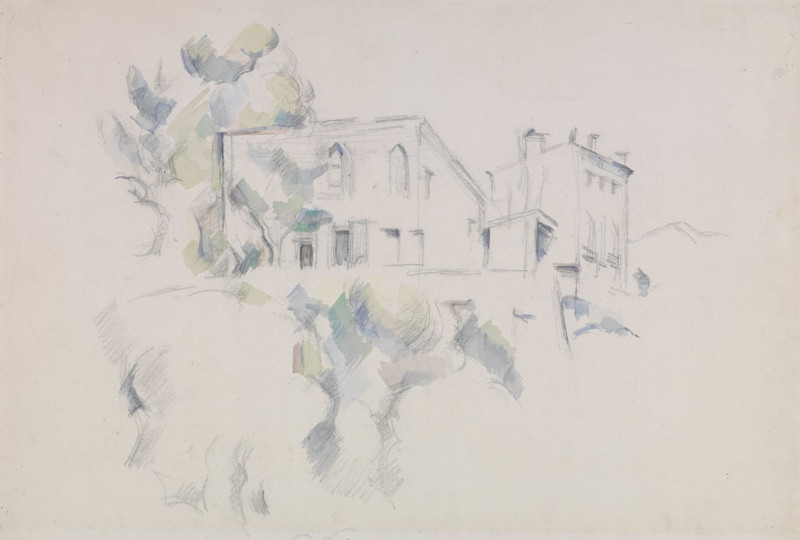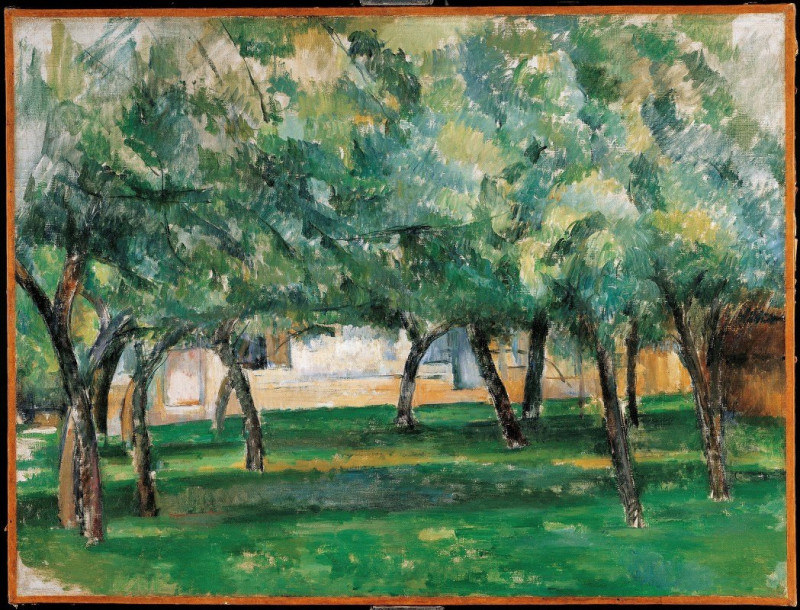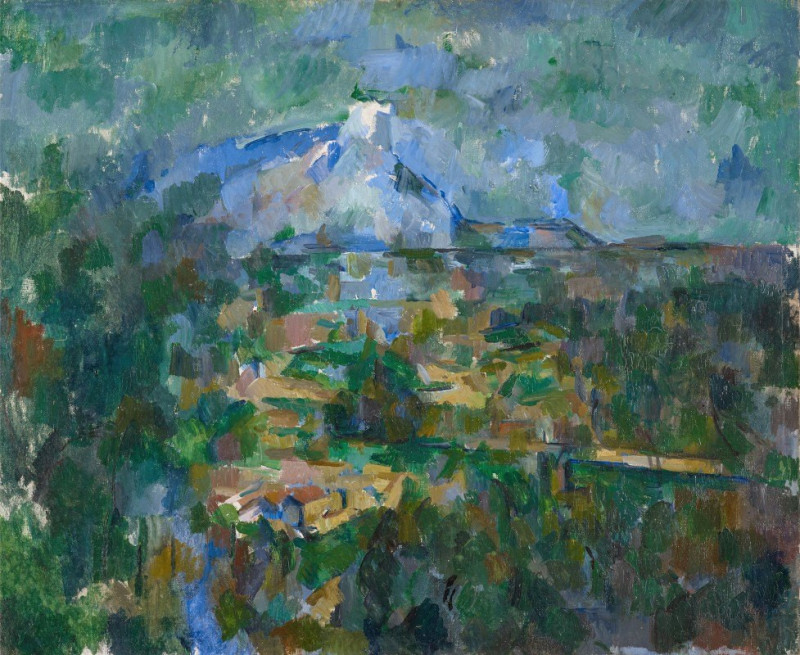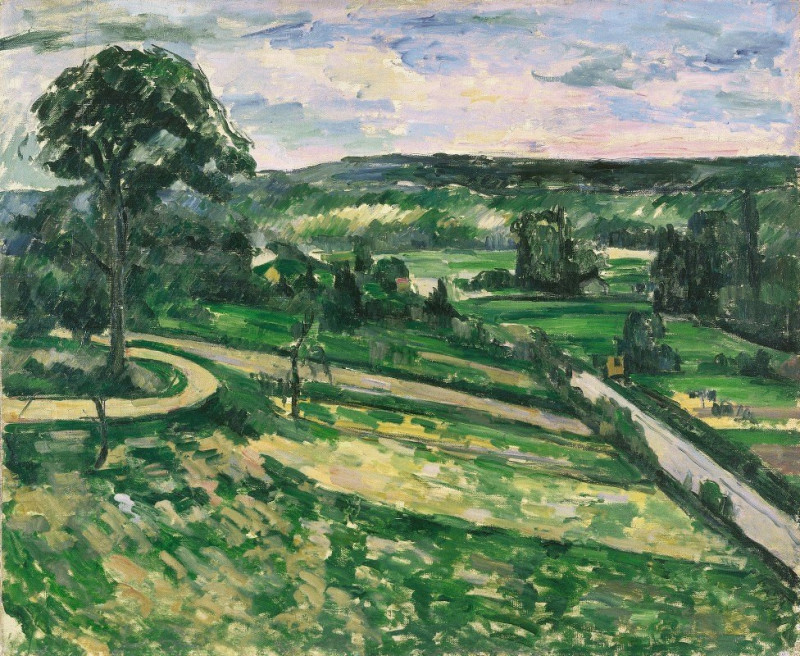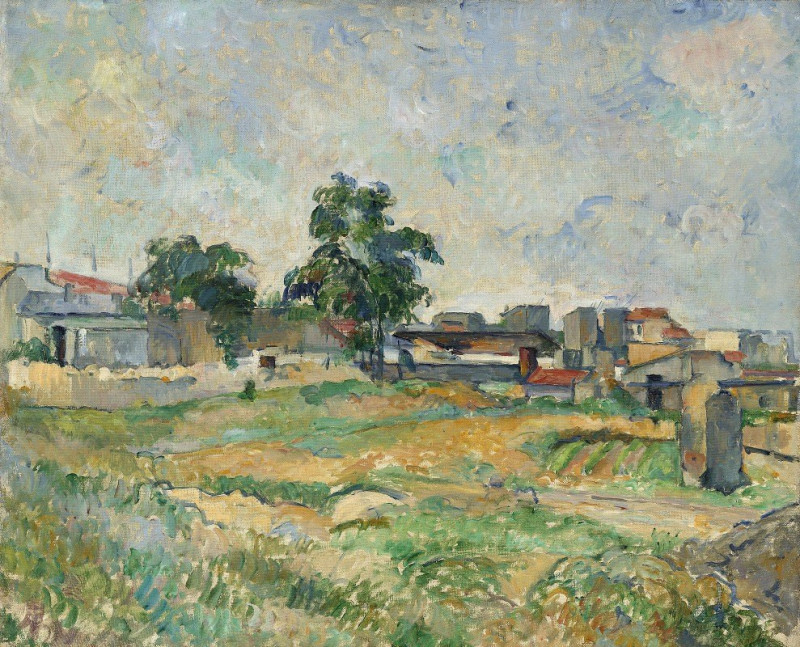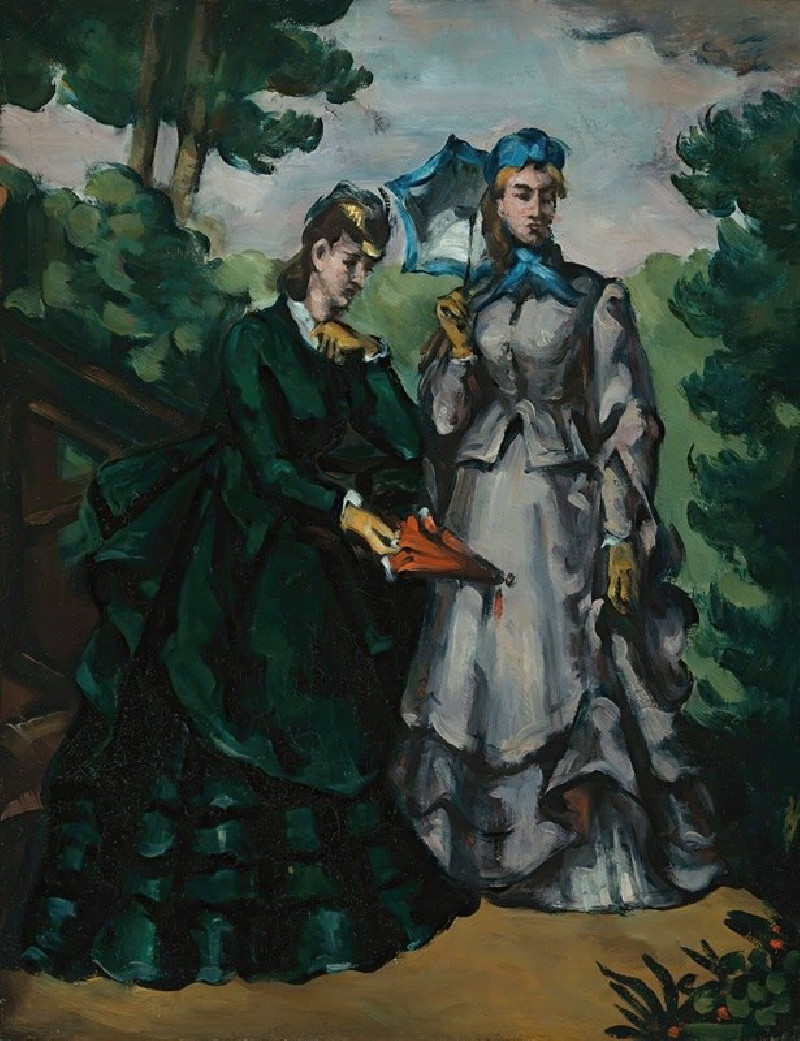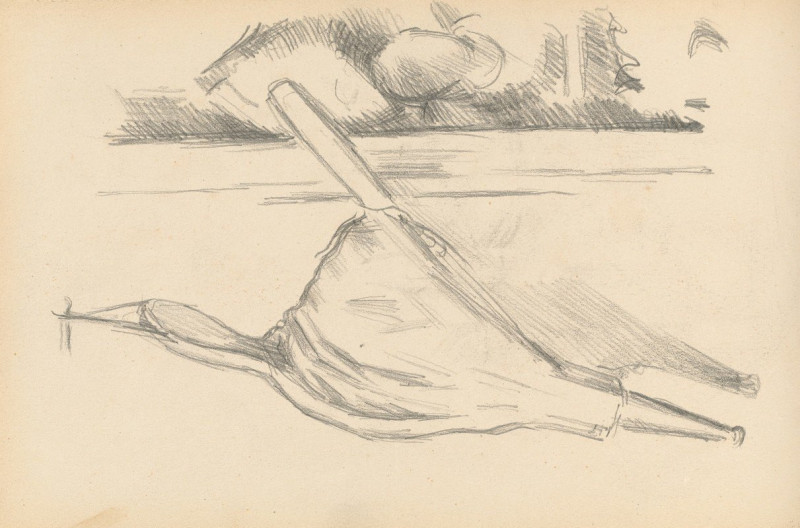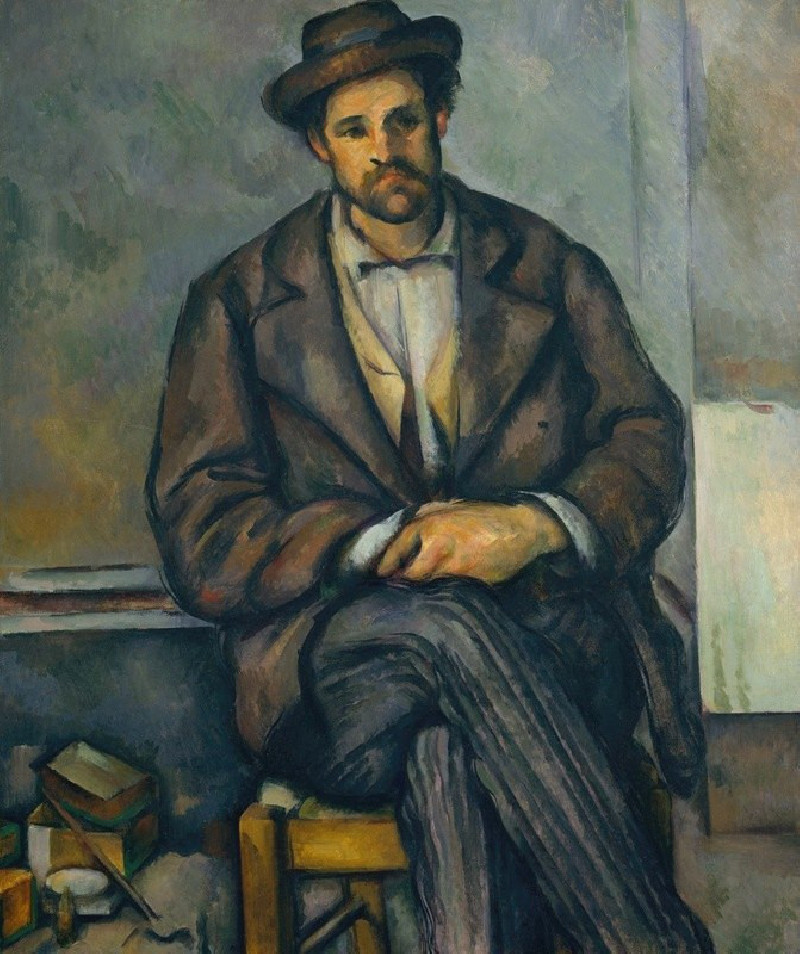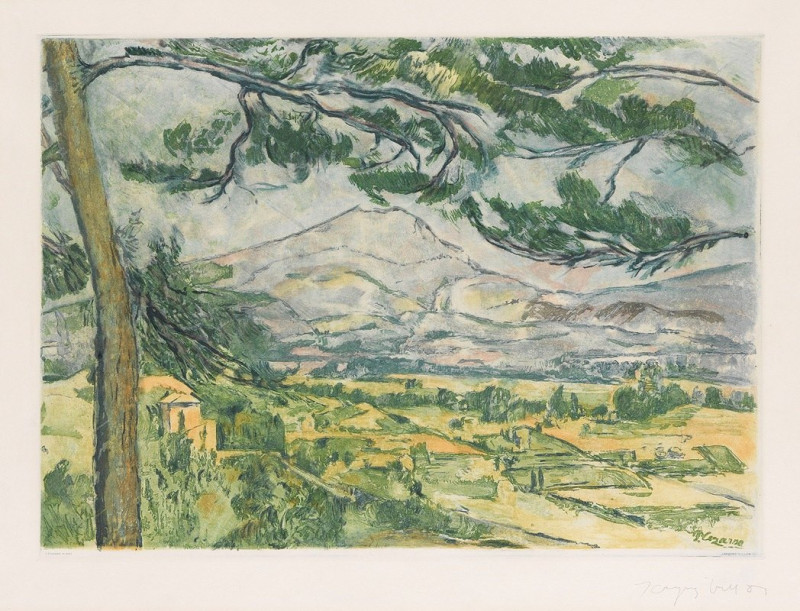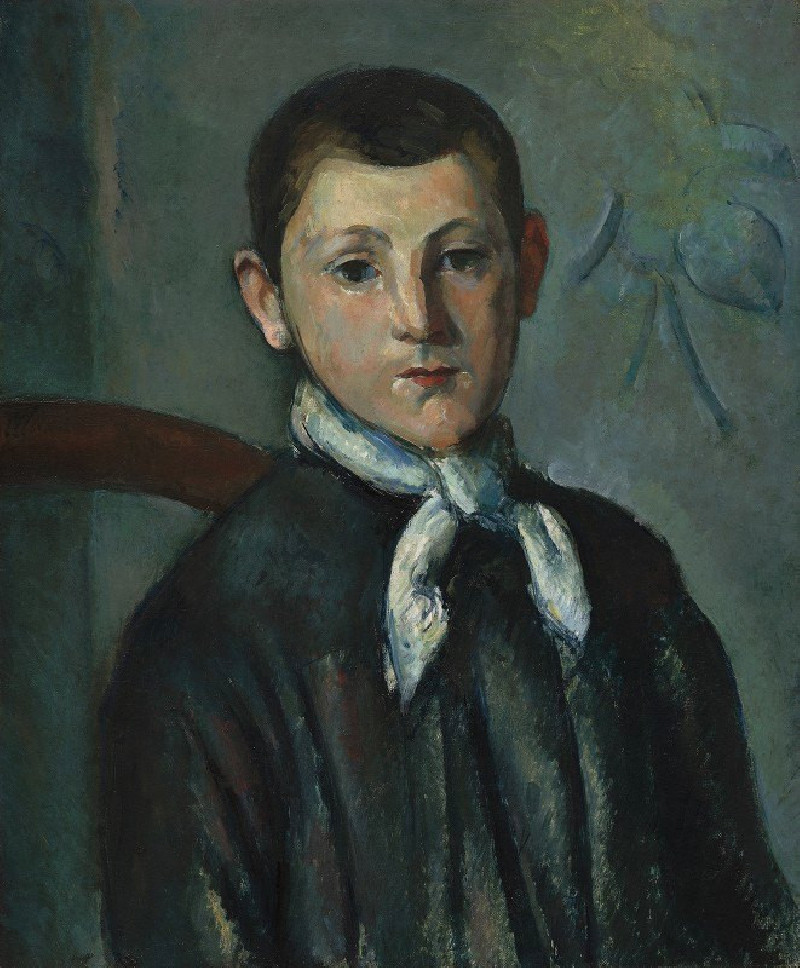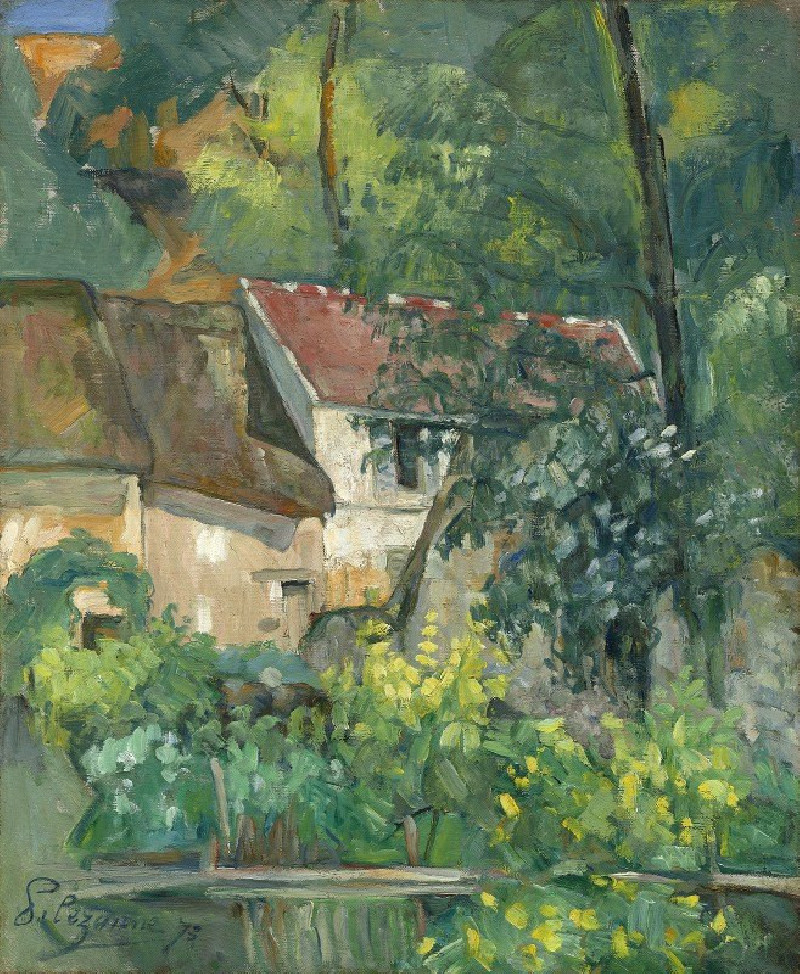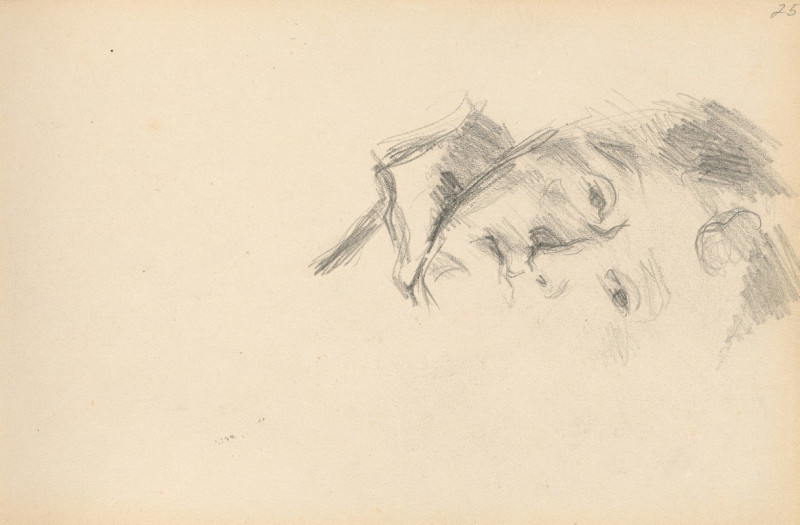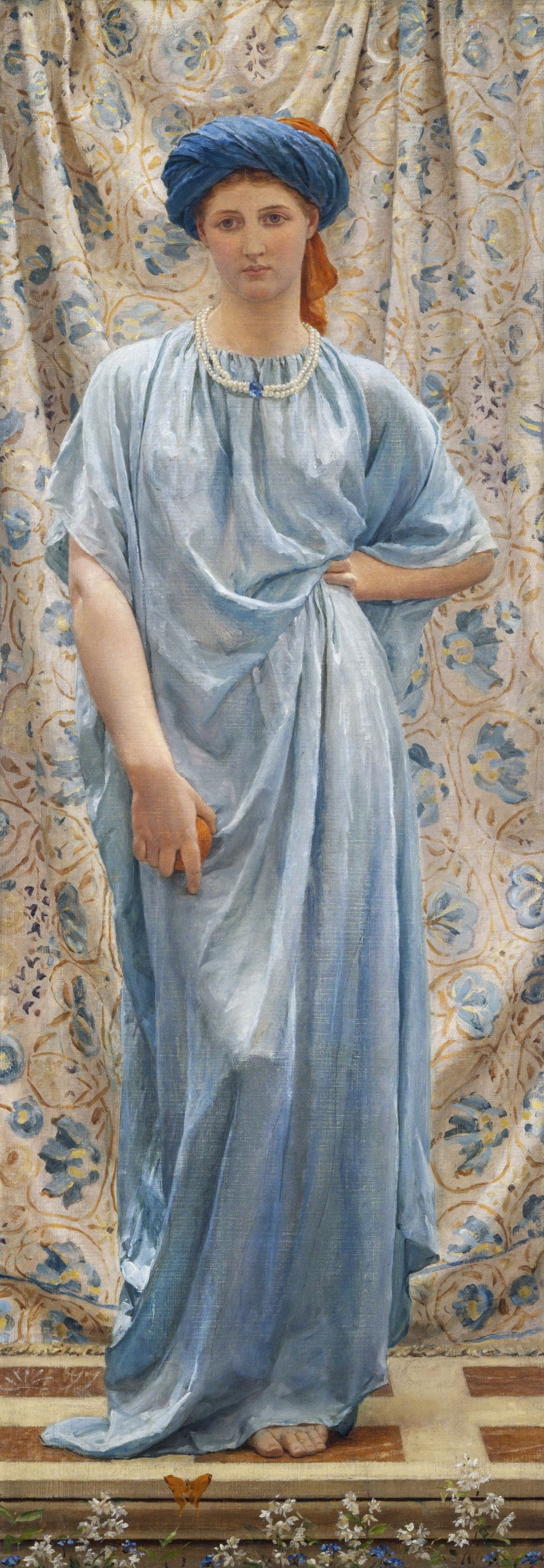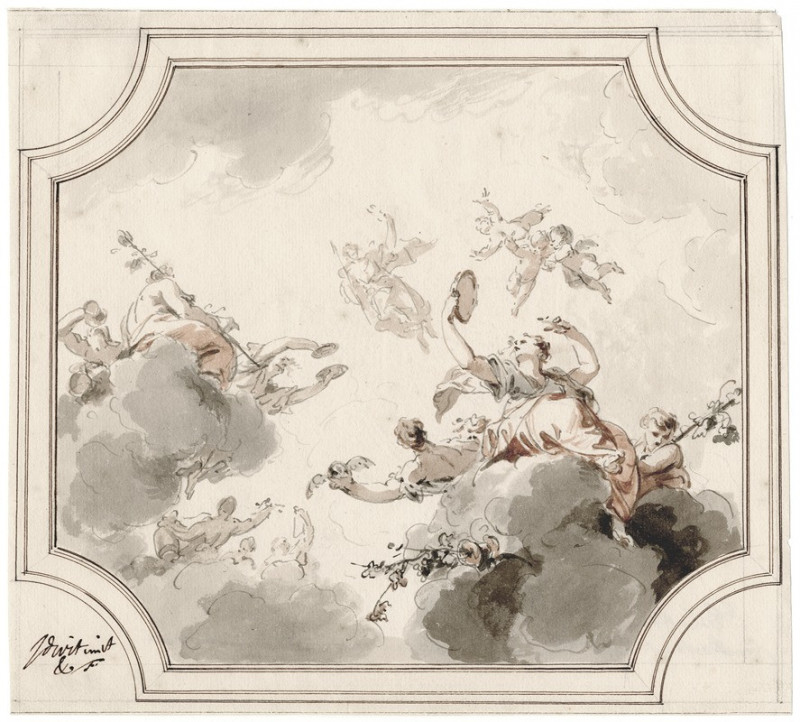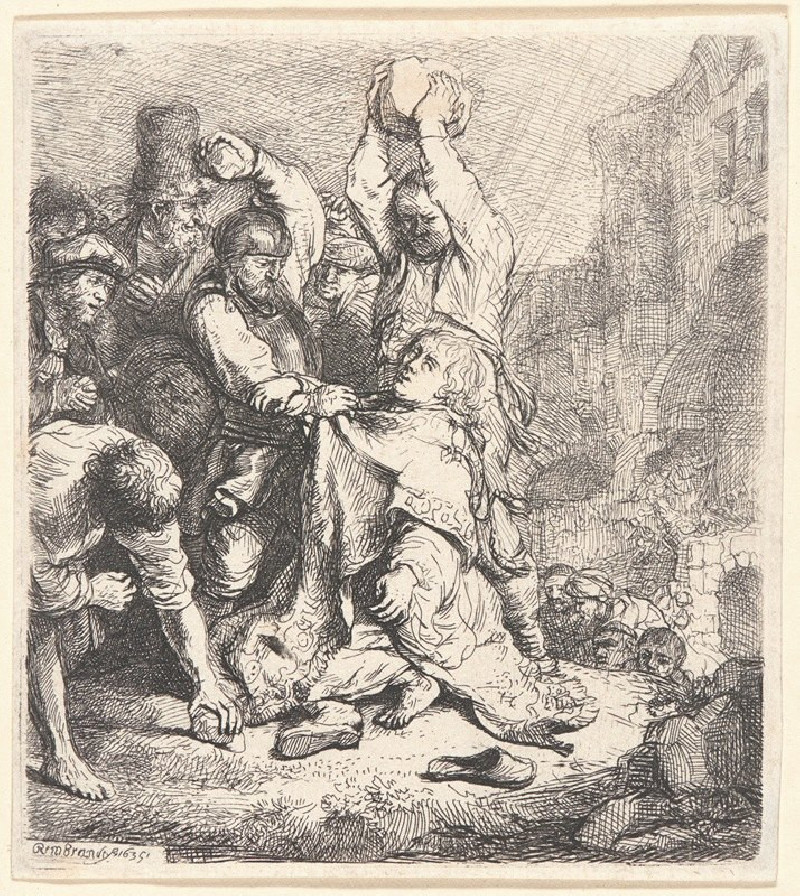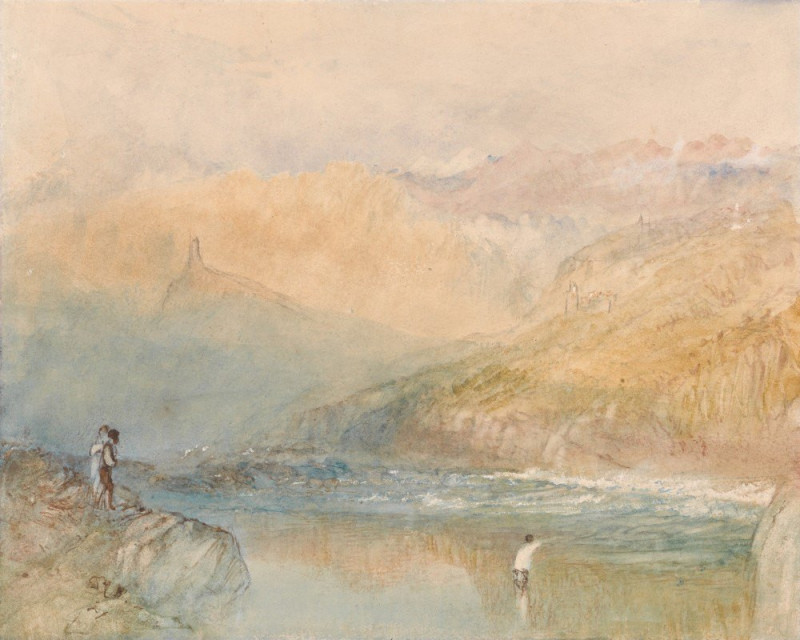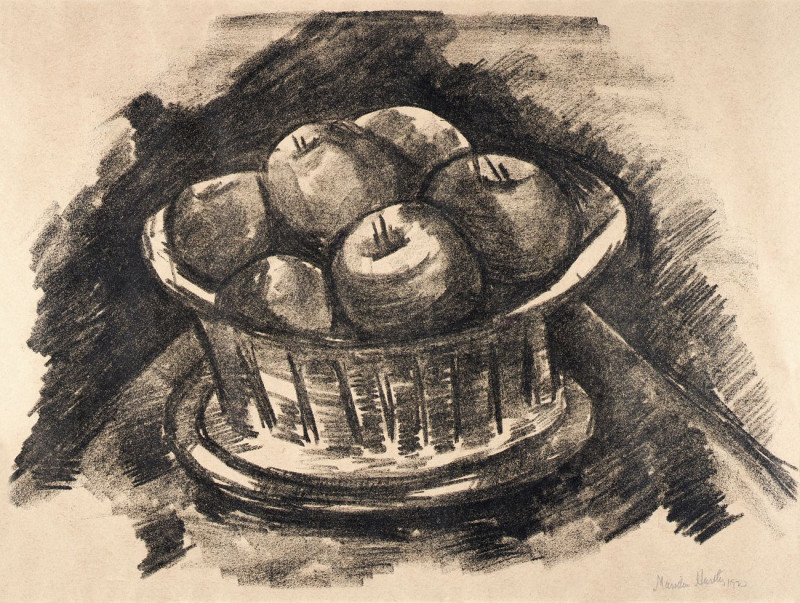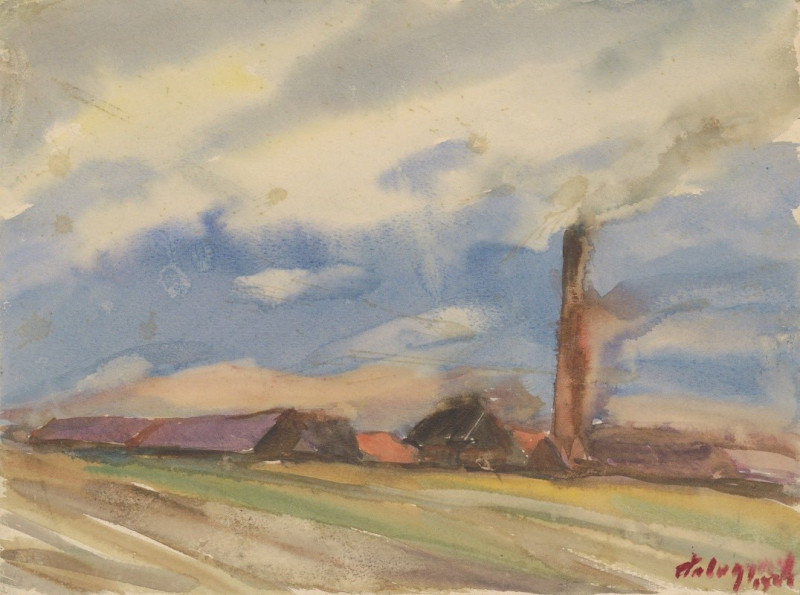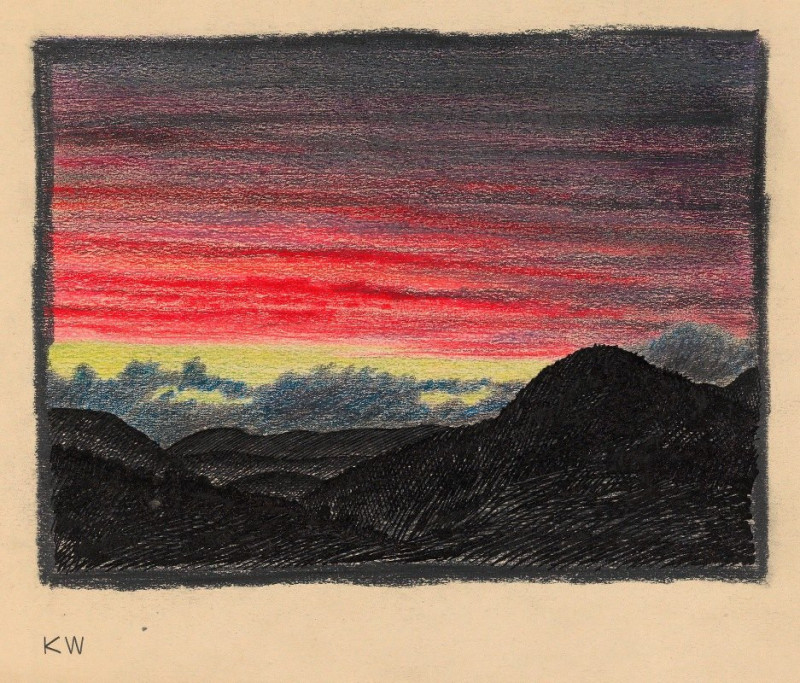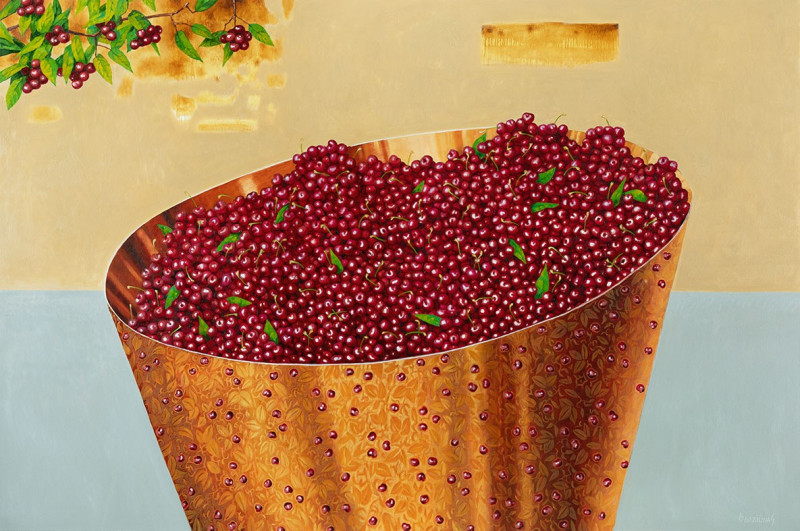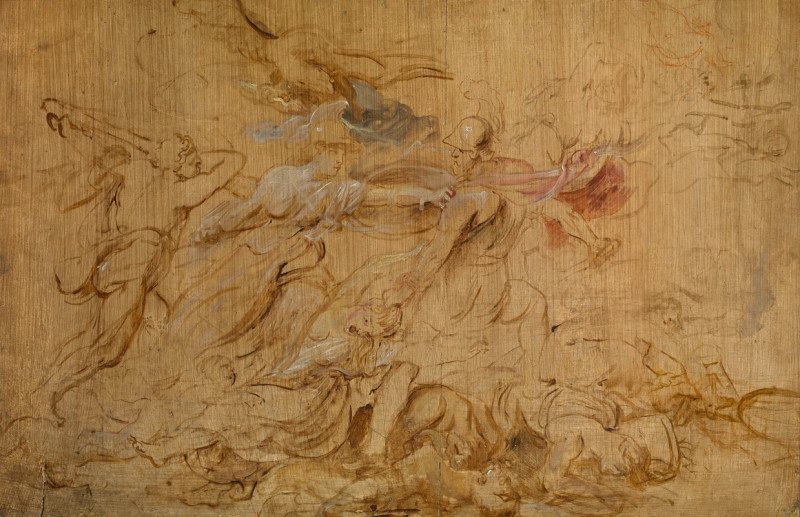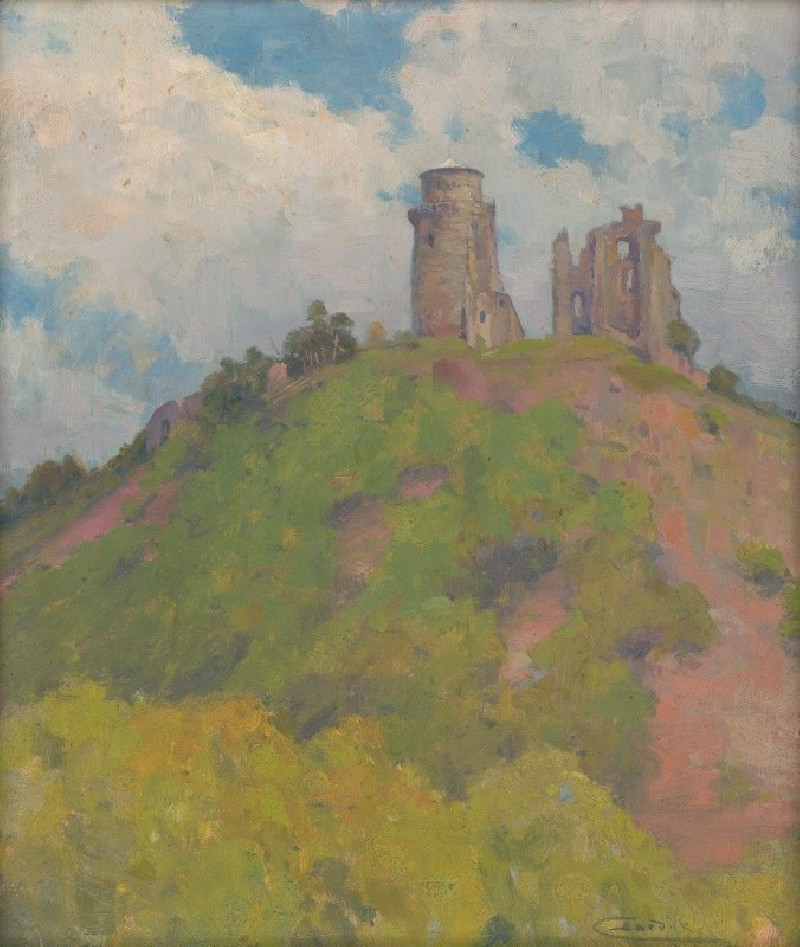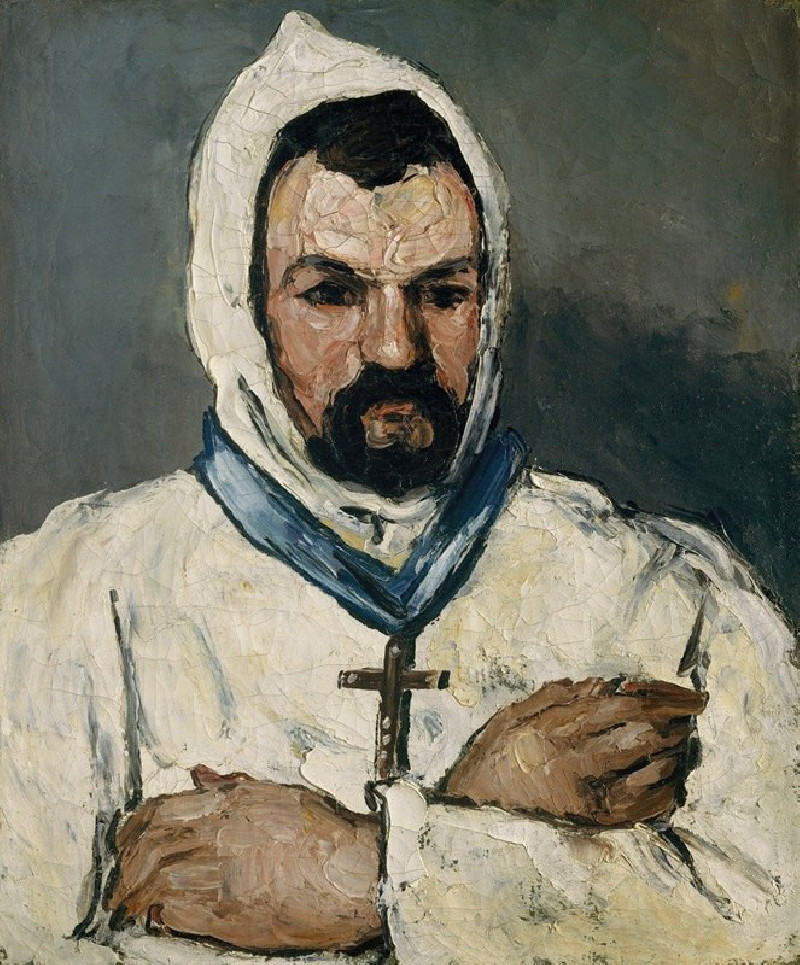Paysage D’hiver (circa 1885)
Technique: Giclée quality print
Recommended by our customers
More about this artwork
The serene "Paysage D’hiver" is a striking example of Paul Cézanne's exploration of landscape through the medium of painting. Created around the year 1885, this winter scene encapsulates the unique approach Cézanne had towards color, form, and composition, marking his transitional period toward Impressionism and later, modernist art.In this artwork, viewers observe a seemingly quiet village environment wrapped in the chill of winter. A leafless tree stands prominently in the foreground, its bare branches reaching out like delicate veins against the pale sky. Behind it, a series of homes, washed in pastel hues of pinks, blues, and oranges, reflect an almost ethereal light that seems both cold and warm at the same time. Each stroke on the canvas builds a sense of tranquil isolation, typical of many winter landscapes, while also giving an impression of subdued yet resilient life in the coldest of seasons.The subdued tonality of the piece suggests the muted quiet of winter, with delicate shifts in color evoking the softness of snow and cold air. Cézanne’s signature brushwork creates an interplay of texture that mimics the roughness of tree bark and the smoothness of snow-laden roofs, providing a tactile sense to the visual quietude.This painting not only captures a physical landscape but also conveys the emotion and mood of a winter's day, with its stillness and introspection.

